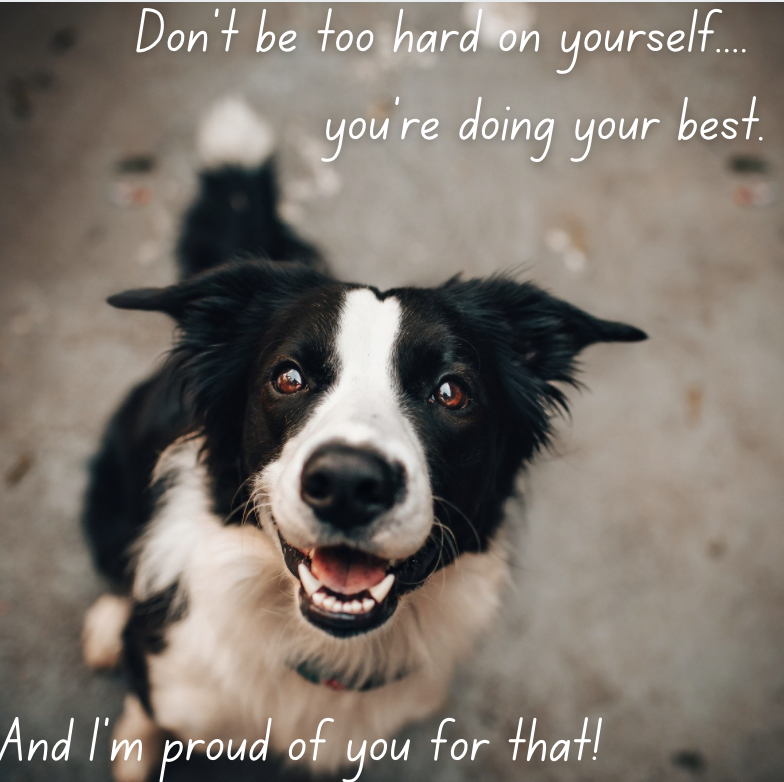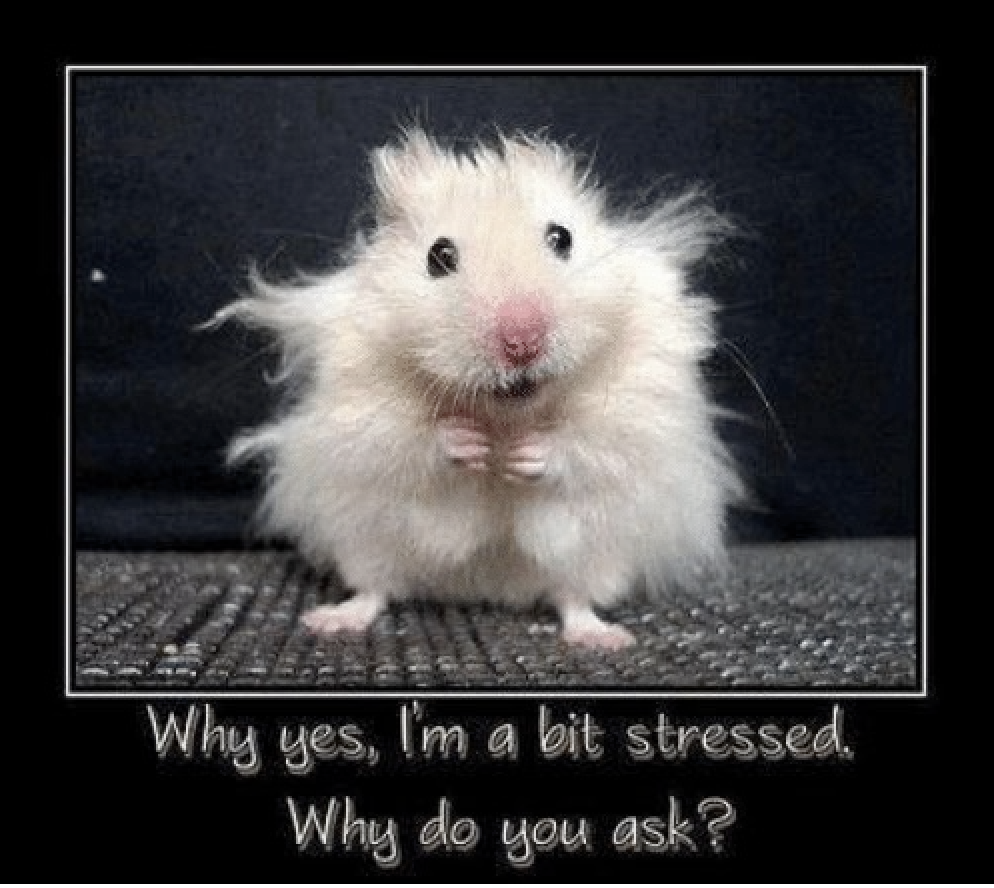Thank you Russ Harris for this fabulous acronym, and the effective skills to use with it, in response to the stressors we are all feeling while dealing with the pandemic. Check it out below:
How to respond effectively to the Corona crisis by Dr Russ Harris, author of The Happiness Trap
‘FACE COVID’ is a set of practical steps for responding effectively to the Corona crisis, using the principles of acceptance and commitment therapy (ACT). Here’s a quick summary of the key steps, and in the pages that follow we’ll explore them all in more depth:
F = Focus on what’s in your control
A = Acknowledge your thoughts & feelings
C = Come back into your body
E = Engage in what you’re doing
C = Committed action
O = Opening up
V = Values I = Identify resources
D = Disinfect & distance
Let’s now explore these, one by one
F = Focus on what’s in your control
The Corona crisis can affect us in many different ways: physically, emotionally, economically, socially, and psychologically. All of us are (or soon will be) dealing with the very real challenges of widespread serious illness and the inabilities of healthcare systems to cope with it, social and community disruption, economic fallout and financial problems , obstacles and interruptions to many aspects of life … and the list goes on.
And when we are facing a crisis of any sort, fear and anxiety are inevitable; they are normal, natural responses to challenging situations infused with danger and uncertainty. It’s all too easy to get lost in worrying and ruminating about all sorts of things that are out of your control: what might happen in the future; how the virus might affect you or your loved ones or your community or your country or the world – and what will happen then - and so on. And while it’s completely natural for us to get lost in such worries, it’s not useful or helpful. Indeed the more we focus on what’s not in our control, the more hopeless or anxious we’re likely to feel. So the single most useful thing anyone can do in any type of crisis – Corona-related or otherwise - is to: focus on what’s in your control.
You can’t control what happens in the future. You can’t control Corona virus itself or the world economy or how your government manages this whole sordid mess. And you can’t magically control your feelings, eliminating all that perfectly natural fear and anxiety. But you can control what you do - here and now. And that matters.
Because what you do - here and now - can make a huge difference to yourself, and anyone living with you, and a significant difference to the community around you.
© Russ Harris, 2020 www.TheHappinessTrap.com www.ImLearningACT.com
The reality is, we all have far more control over our behaviour, than we do over our thoughts and feelings. So our number one aim is to take control of our behaviour - right here and now - to respond effectively to this crisis.
This involves both dealing with our inner world – all our difficult thoughts and feelings - and our outer world – all the real problems we are facing. How do we do this? Well, when a big storm blows up, the boats in the harbour drop anchor – because if they don’t, they’ll get swept out to sea. And of course, dropping anchor doesn’t make the storm go away (anchors can’t control the weather) - but it can hold a boat steady in the harbour, until the storm passes in its own good time.
Similarly, in an ongoing crisis, we’re all going to experience ‘emotional storms’: unhelpful thoughts spinning inside our head, and painful feelings whirling around our body. And if we’re swept away by that storm inside us, there’s nothing effective we can do. So the first practical step is to ‘drop anchor’, using the simple ACE formula:
A = Acknowledge your thoughts and feelings
C = Come back into your body
E = Engage in what you’re doing
Let’s explore these one by one:
A = Acknowledge your thoughts and feelings
Silently and kindly acknowledge whatever is ‘showing up’ inside you: thoughts, feelings, emotions, memories, sensation, urges. Take the stance of a curious scientist, observing what’s going on in your inner world. As you do this, often it’s helpful to put this into words, and silently say to yourself something like, ‘I’m noticing anxiety’, or ‘Here’s grief’, or ‘There’s my mind worrying’ or ‘I’m having a feeling of sadness’ or ‘I’m having thoughts about getting sick’.
And while continuing to acknowledge your thoughts and feelings, also ....
C = Come back into your body
Come back into and connect with your physical body. Find your own way of doing this. You could try some or all of the following, or find your own methods:
• Slowly pushing your feet hard into the floor.
• Slowly straightening up your back and spine; if sitting, sitting upright and forward in your chair.
• Slowly pressing your fingertips together
• Slowly stretching your arms or neck, shrugging your shoulders.
• Slowly breathing
© Russ Harris, 2020 www.TheHappinessTrap.com www.ImLearningACT.com
Note: you are not trying to turn away from, escape, avoid or distract yourself from what is happening in your inner world. The aim is to remain aware of your thoughts and feelings, continue to acknowledge their presence .... and at the same time, come back into and connect with your body, and actively move it. Why? So you can gain as much control as possible over your physical actions, even though you can’t control your feelings. (Remember, F = Focus on what’s in your control)
And as you acknowledge your thoughts & feelings, and come back into your body, also ....
E = Engage in what you’re doing
Get a sense of where you are and refocus your attention on the activity you are doing.
Find your own way of doing this. You could try some or all of the following suggestions, or find your own methods:
• Look around the room and notice 5 things you can see.
• Notice 3 or 4 things you can hear.
• Notice what you can smell or taste or sense in your nose and mouth
• Notice what you are doing
• End the exercise by giving your full attention to the task or activity at hand. (And if you don’t have any meaningful activity to do, see the next 3 steps.)
Ideally, run through the ACE cycle slowly 3 or 4 times, to turn it into a 2- 3 minute exercise.
If you wish, to help you get the hang of this, you can download some free audio recordings of ‘dropping anchor’ exercises, varying from 1 minute to 11 minutes in length. You can listen to these and use them as a guide to help you develop this skill. You can download or stream them from the left hand box on this webpage: https://www.actmindfully.com.au/free-stuff/free-audio/
NOTE: please don’t skip the A of ACE; it’s so important to keep acknowledging the thoughts and feelings present, especially if they are difficult or uncomfortable. If you skip the A, this exercise will turn into a distraction technique – which it’s not supposed to be.
Dropping anchor is a very useful skill. You can use it for handling difficult thoughts, feelings, emotions, memories, urges and sensations more effectively; switching off auto-pilot and engaging in life; grounding and steadying yourself in difficult situations; disrupting rumination, obsessing and worrying; and focusing your attention on the task or activity you are doing. The better you anchor yourself in the here and now, the more control you have over your actions – which makes it a lot easier to do the next steps: COVID
© Russ Harris, 2020 www.TheHappinessTrap.com www.ImLearningACT.com
C = Committed Action Committed action means effective action, guided by your core values; action you take because it’s truly important to you; action you take even if it brings up difficult thoughts and feelings. Once you have dropped anchor, using the ACE formula, you will have a lot of control over your actions – so this makes it easier to do the things that truly matter. Now obviously that includes all those protective measures against Corona – frequent handwashing, social distancing, and so on. But in addition to those fundamentals of effective action, consider: What are simple ways to look after yourself, those you live with, and those you can realistically help? What kind, caring, supportive deeds you can do? Can you say some kind words to someone in distress – in person or via a phone call or text message? Can you help someone out with a task or a chore, or cook a meal, or hold someone’s hand, or play a game with a young child? Can you comfort and soothe someone who is sick? Or in the most serious of cases, nurse them and access whatever medical assistance is available?
And if you’re spending a lot more time at home, through self-isolation or forced quarantine, or social distancing, what are the most effective ways to spend that time? You may want to consider physical exercise to stay fit, cooking (as) healthy food (as possible, given restrictions), and doing meaningful activities by yourself or with others. And if you’re familiar with acceptance and commitment therapy or other mindfulness-based approaches, how can you actively practice some of those mindfulness skills?
Repeatedly throughout the day, ask yourself ‘What can I do right now - no matter how small it may be - that improves life for myself or others I live with, or people in my community?’ And whatever the answer is – do it, and engage in it fully.
O = Opening up
Opening up means making room for difficult feelings and being kind to yourself. Difficult feelings are guaranteed to keep on showing up as this crisis unfolds: fear, anxiety, anger, sadness, guilt, loneliness, frustration, confusion, and many more. We can’t stop them from arising; they’re normal reactions. But we can open up and make room for them: acknowledge they are normal, allow them to be there (even though they hurt), and treat ourselves kindly. Remember, self-kindness is essential if you want to cope well with this crisis – especially if you are in a caregiver role. If you’ve ever flown on a plane, you’ve heard this message: ‘In event of an emergency, put on your own oxygen mask before assisting others.’ Well, self-kindness is your own oxygen mask; if you need to look after others, you’ll do it a whole lot better if you’re also taking good care of yourself.
So ask yourself, ‘If someone I loved was going through this experience, feeling what I am feeling – if I wanted to be kind and caring towards them, how would I treat them? How would I behave towards them? What might I say or do?’ Then try treating yourself the same way. For more on self-kindness, also known as self-compassion, read this eBook: https://drive.google.com/file/d/1__Q3UcT9Q8VuSbiRm7x7-xjaxy5xkrba/view?usp=sharing
© Russ Harris, 2020 www.TheHappinessTrap.com www.ImLearningACT.com
V = Values
Committed action should be guided by your core values: What do you want to stand for in the face of this crisis? What sort of person do you want to be, as you go through this? How do you want to treat yourself and others? Your values might include love, respect, humour, patience, courage, honesty, caring, openness, kindness …. or numerous others. Look for ways to ‘sprinkle’ these values into your day. Let them guide and motivate your committed action. Of course, as this crisis unfolds, there will be all sorts of obstacles in your life; goals you can’t achieve, things you can’t do, problems for which there are no simple solutions. But you can still live your values in a myriad of different ways, even in the face of all those challenges.
Especially come back to your values of kindness and caring. Consider:
What are kind, caring ways you can treat yourself as you go through this? What are kind words you can say to yourself, kind deeds you can do for yourself? What are kind ways you can treat others who are suffering? What are kind, caring ways of contributing to the wellbeing of your community? What can you say and do that will enable you to look back in years to come and feel proud of your response?
I = Identify resources
Identify resources for help, assistance, support, and advice. This includes friends, family, neighbours, health professionals, emergency services. And make sure you know the emergency helpline phone numbers, including psychological help if required. Also reach out to your social networks. And if you are able to offer support to others, let them know; you can be a resource for other people, just as they can for you.
One very important aspect of this process involves finding a reliable and trustworthy source of information for updates on the crisis and guidelines for responding to it. The World Health Organisation website is the leading source of such information: https://www.who.int/emergencies/diseases/novel-coronavirus-2019 Also check the website of your country’s government health department. Use this information to develop your own resources: action plans to protect yourself and others, and to prepare in advance for quarantine or emergency.
D = Disinfect & distance physically
I’m sure you already know this, but it’s worth repeating: disinfect your hands regularly and practice as much social distancing as realistically possible, for the greater good of your community. And remember, we’re talking about physical distancing – not cutting off emotionally. (If you aren’t quite sure about what this means, read this: https://www.who.int/emergencies/diseases/novel-coronavirus-2019/advice-for-public ) This is an important aspect of committed action, so align it deeply with your values; recognise that these are truly caring actions.
© Russ Harris, 2020 www.TheHappinessTrap.com www.ImLearningACT.com
In Summary
So again and again and again, as problems pile up in the world around you, and emotional storms rage in the world within you, come back to the steps of FACE COVID:
F = Focus on what’s in your control A = Acknowledge your thoughts and feelings C = Come back into your body E = Engage in what you’re doing C = Committed action O = Opening up V = Values I = Identify resources D = Disinfect & distance
******************************************************************
Well, I do hope there’s something useful in here for you; and feel free to share this with others if you think may find it helpful.
These are crazy, difficult, scary times, so please do treat yourself kindly. And remember the words of Winston Churchill: ‘When you’re going through hell, keep going’.
All the best,
Cheers, Russ Harris

































